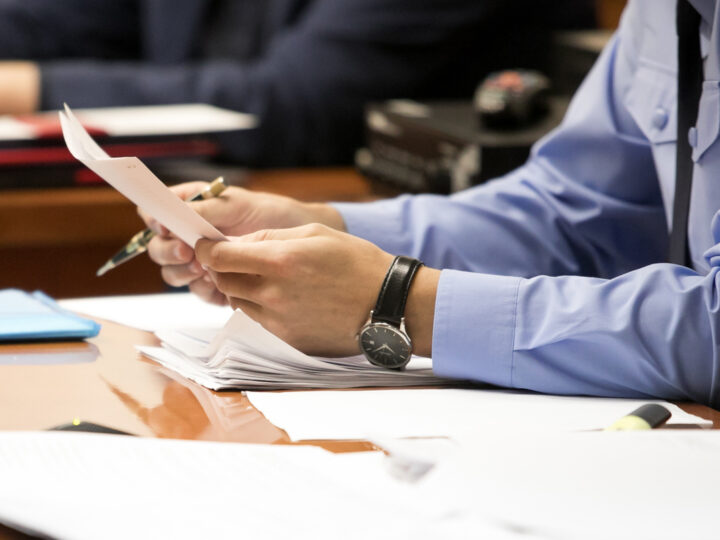
Claims Retrospective: Non-Traditional Projects Create Increased Potential Liability
We have seen an increase in claims arising from non-traditional projects, where the engineering seems to involve experimental or unproven methods, or at least the application of standard engineering methods to a unique set of circumstances. These projects might include the use of new materials, the creation of a new product, or an attempt to create a unique visual aesthetic. While these projects can certainly be exciting and rewarding, it is important to weigh the risks of being involved with these projects at the outset and analyze what—if anything—can be done to reduce potential problems.
Initially, the engineer may want to put serious thought into whether they want to be involved in such a project or if the risks are too large. It should serve as a cautionary sign when another engineering firm has passed on the project or is subcontracting out a particularly complex portion of the project. If another firm has done the benefit-risk analysis and passed on the project or a portion thereof, the considering engineer should spend sufficient time and effort undertaking its own benefit-risk analysis before deciding to proceed.
Another warning sign might be that the client has unrealistic expectations as to the success of the project or the time and expense involved. In these types of projects, the first attempt is often unsuccessful, and the client should understand that increased time and costs is not an infrequent outcome.
Even if the engineer decides the project is worth the risk and has a client who understands the uncertainty of success and potential for increased time and costs, the engineer should not proceed without providing the client with a written document describing the experimental nature of the work and resultant potential for increased time and costs, making sure to also obtain a written acknowledgement of these risks from the client. For any such project, the engineer should consult their local attorney regarding such written documentation.






